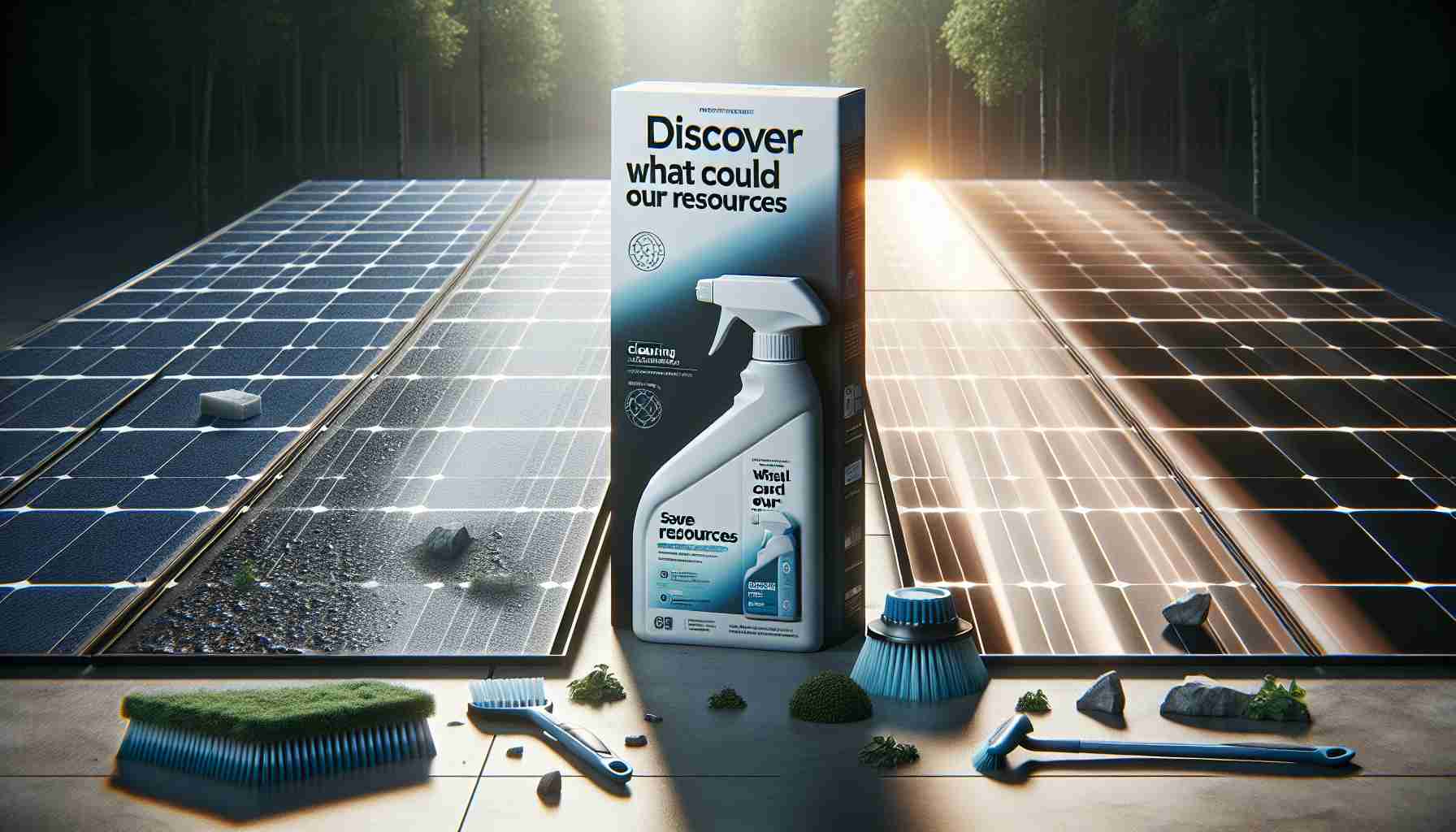
Innovative Cleaning Technology Boosts Solar Energy Efficiency
Solar panels are most effective when their surfaces are spotless. However, as time goes on, dust and dirt can accumulate, obscuring the solar cells and diminishing energy production. Particularly in arid environments, conventional washing methods are impractical due to water scarcity.
Researchers led by Manzo have unveiled a groundbreaking technique that employs piezoelectric films made from polyvinylidene fluoride (PVDF). By applying alternating currents, these films create vibrations strong enough to dislodge dirt, thus maintaining solar panels without the need for water. This sustainable cleaning method is especially beneficial for regions afflicted by extensive dust accumulation.
The implications are significant; without proper maintenance, solar panels in dusty areas can experience efficiency drops of up to 25%. Traditional cleaning methods also consume about 10 billion gallons of water yearly, a daunting statistic for water-limited regions. This novel approach promises not only to enhance solar panel efficiency but also to lower maintenance costs and conserve essential water supplies.
In their tests, the researchers successfully removed 90% of dust from panel surfaces within a minute while consuming only 261 watts of power. Future efforts will focus on field tests to validate performance in various environmental conditions, aiming to refine this innovative cleaning technology. The promise of this self-cleaning system could herald a new era for solar energy, boosting adoption and sustainability.
Revolutionary Cleaning Technology Set to Transform Solar Energy Production
Innovative Cleaning Technology Boosts Solar Energy Efficiency
Maintaining the efficiency of solar panels is crucial for maximizing energy production, especially in regions with frequent dust and dirt accumulation. Research led by Manzo has introduced a cutting-edge cleaning technique utilizing piezoelectric films derived from polyvinylidene fluoride (PVDF). This innovative method significantly enhances the performance of solar panels while addressing critical issues of water scarcity and cleaning costs.
Features of the New Cleaning Technology
1. Waterless Operation: The use of piezoelectric films allows for the dislodgment of dirt without the need for water, making it particularly advantageous in arid regions where water is a limited resource.
2. Energy Efficiency: During testing, the system consumed only 261 watts of power to clean solar panels, demonstrating a sustainable approach to energy management.
3. Rapid Cleaning Capability: The cleaning technique successfully removed up to 90% of dust within one minute, showcasing its efficiency and potential for widespread application.
Pros and Cons
Pros:
– Sustainability: Reduces water consumption, crucial for areas facing drought conditions.
– Cost-Effective: Lowers maintenance costs associated with traditional cleaning methods.
– Increased Efficiency: Helps prevent up to a 25% decrease in energy production due to dust buildup.
Cons:
– Initial Investment: The setup and integration of this technology may require upfront investment which could deter some operators.
– Field Testing Required: Ongoing validation in various environmental conditions is necessary to ensure consistent performance and reliability.
Use Cases
– Desert Regions: Ideal for solar farms located in arid climates where dust accumulation is a significant concern.
– Urban Solar Installations: Can benefit city-based solar panels that often gather dirt due to pollution and lack of rainfall.
Trends and Innovations
The introduction of this piezoelectric cleaning technology aligns with broader trends in sustainability and energy efficiency in the renewable sector. As solar energy continues to grow, innovations that simplify maintenance and enhance efficiency will be pivotal in encouraging adoption.
Security and Sustainability Aspects
This new technology not only conserves water but also minimizes the ecological footprint of solar panel maintenance. With the increasing urgency of climate change and resource conservation, such advancements will likely play a crucial role in sustainable energy practices.
Future Predictions
As this technology undergoes further testing and refinement, it may emerge as a standard practice in the solar industry. The implications for both energy output and water conservation could lead to broader acceptance and implementation of solar energy solutions worldwide.
For more information on sustainable technological innovations, visit sustainablefuture.com.



